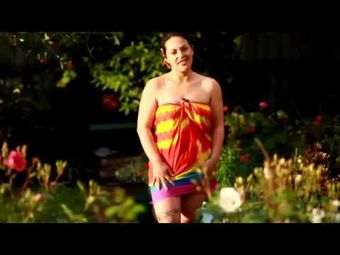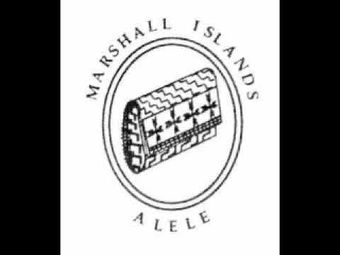Tepa ‘Moon’
- Description:
- This string figure represents the moon. According to the Awiakay myth about the origin of the sun and the moon (Hoenigman 2004: M011-1, M-038), both the sun and the moon used to be so close to the earth that people had to walk around bent over. It was very hot. When a woman went to pound sago, her husband stayed at home to look after the children. He cut off his daughter’s head, stuck it onto the spear and shot it towards the sun, so the sun went far away up into the sky, with a human head in it. Then the man cut out his daughter’s vulva, mounted it onto a spear and shot it up towards the moon. And so the moon rose. The girl’s head became the sun, and her vulva became the moon. Everybody could see a red thing in the morning as the sun rose up to the sky. In the evening they saw another red thing rising to the sky – this was the moon. But the moon was as hot as fire, so people fetched water and washed it. They cooled down its heat, now only the sun is hot. String figure makers often prefer to make this string figure with a shorter string. If they feel the string is too long, they simply double it. Image: 02: Darja Munbaŋgoapik showing the final design of tepa ‘moon’ Hoenigman, Darja. 2004. Awiakay book of myths. Fieldnotes: transcripts. Unpublished manuscript. . Language as given: Awiakay. You can access this item at the PARADISEC website. You will need to sign up or sign in first.
- Format:
- MovingImage
- Collections:
- PARADISEC Catalog
- Contributors:
- Darja Hoenigman
- Content partner:
- PARADISEC
- Availability:
- Not specified
-
Copyright status: All rights reservedFind out more about what you are able to do with this itemThis item is all rights reserved, with means you'll have to get permission from PARADISEC before using it. For more information, please see our use and reuse page.More informationPARADISEC has this to say about the rights status of this item:
Open (subject to agreeing to PDSC access conditions)
What can I do with this item?Non-infringing useNZ copyright law does not prevent every use of a copyright work, and this item may be hosted by an international institute or organisation. You should consider what you can and cannot do with a copyright work.No sharingYou may not copy and/or share this item with others without further permission. This includes posting it on your blog, using it in a presentation, or any other public use.No modifyingYou are not allowed to adapt or remix this item into any other works.No commercial useYou may not use this item commercially.
Welcome and warm Pasifik greetings
The information on this site has been gathered from our content partners.
The names, terms, and labels that we present on the site may contain images or voices of deceased persons and may also reflect the bias, norms, and perspective of the period of time in which they were created. We accept that these may not be appropriate today.
If you have any concerns or questions about an item, please contact us.

